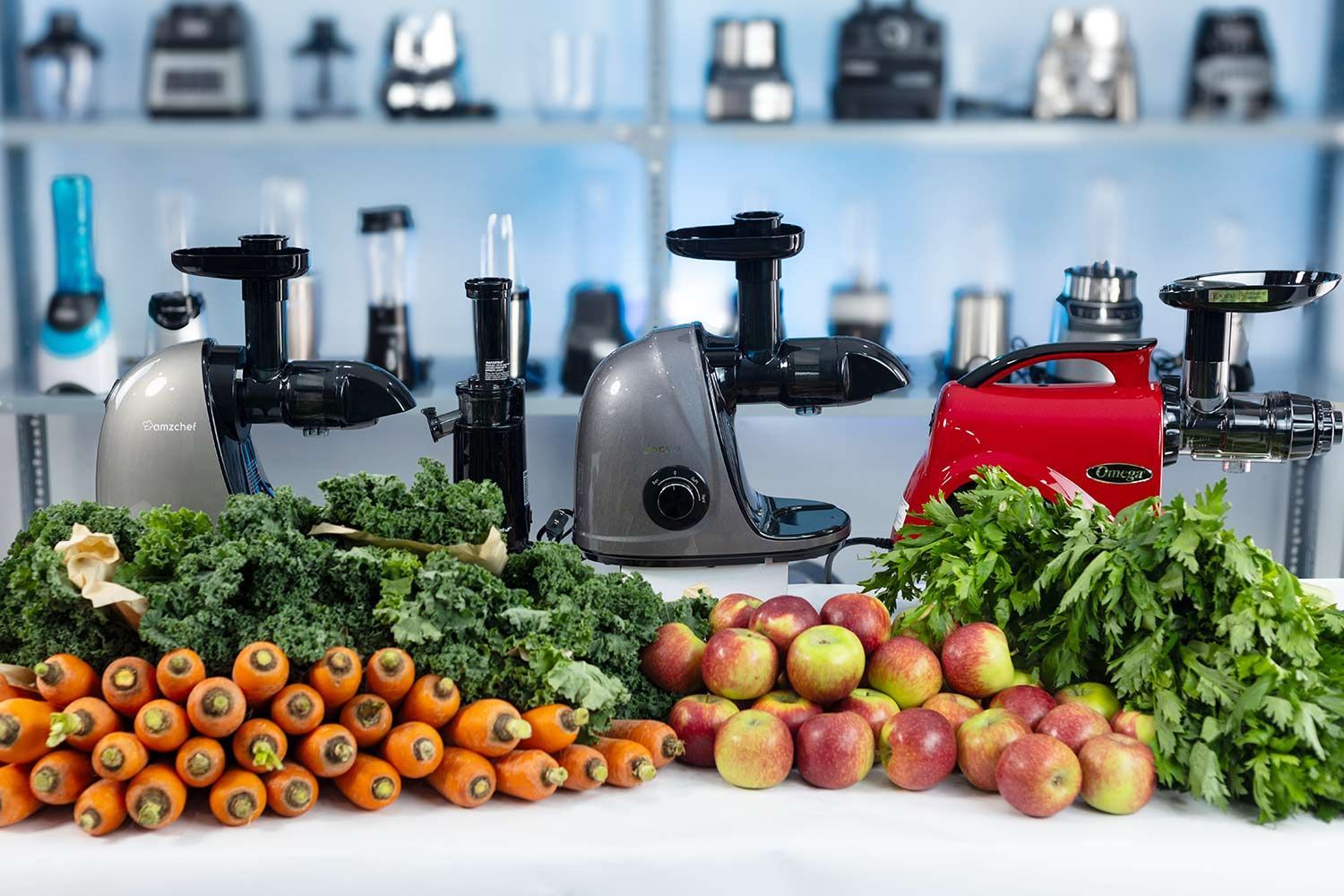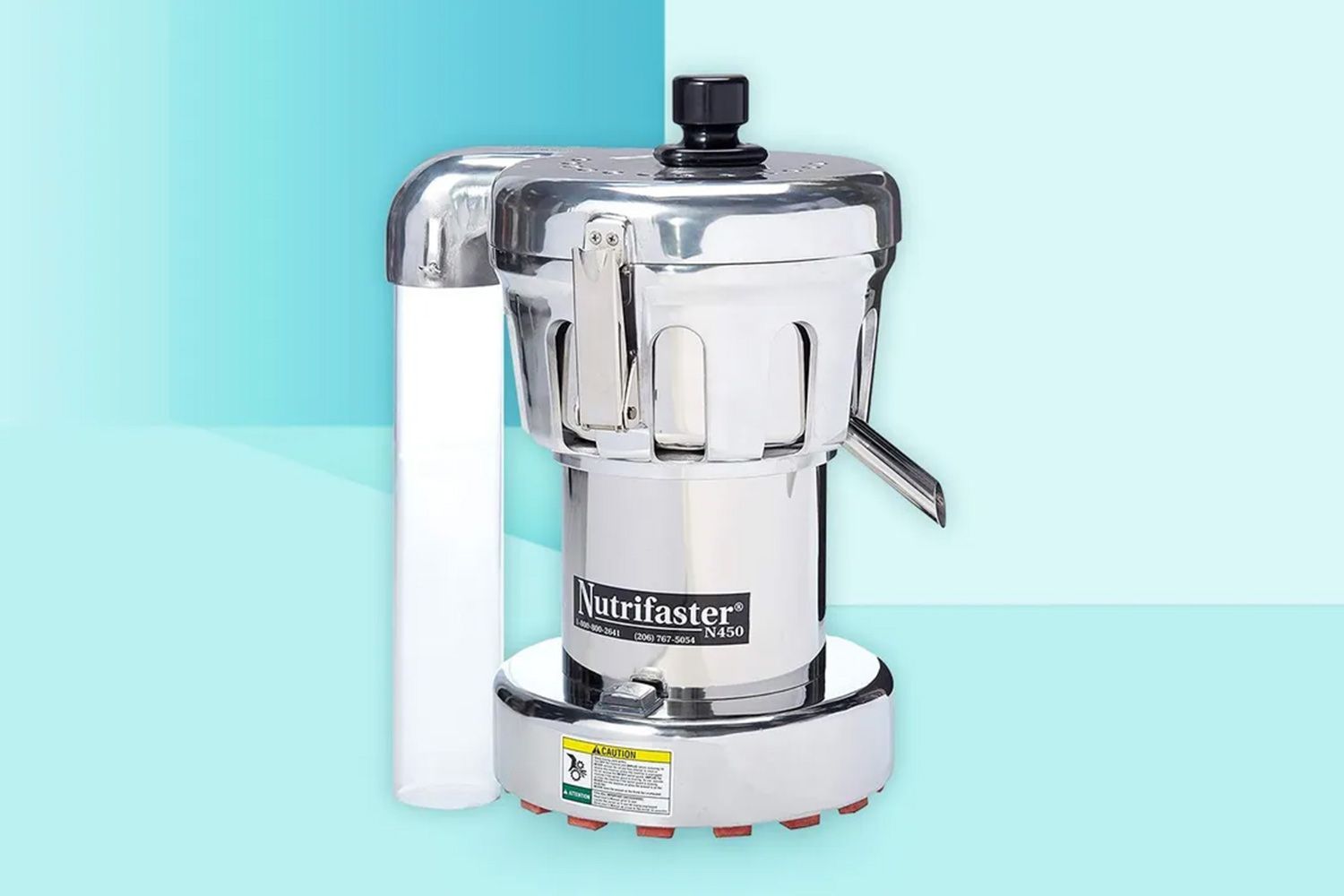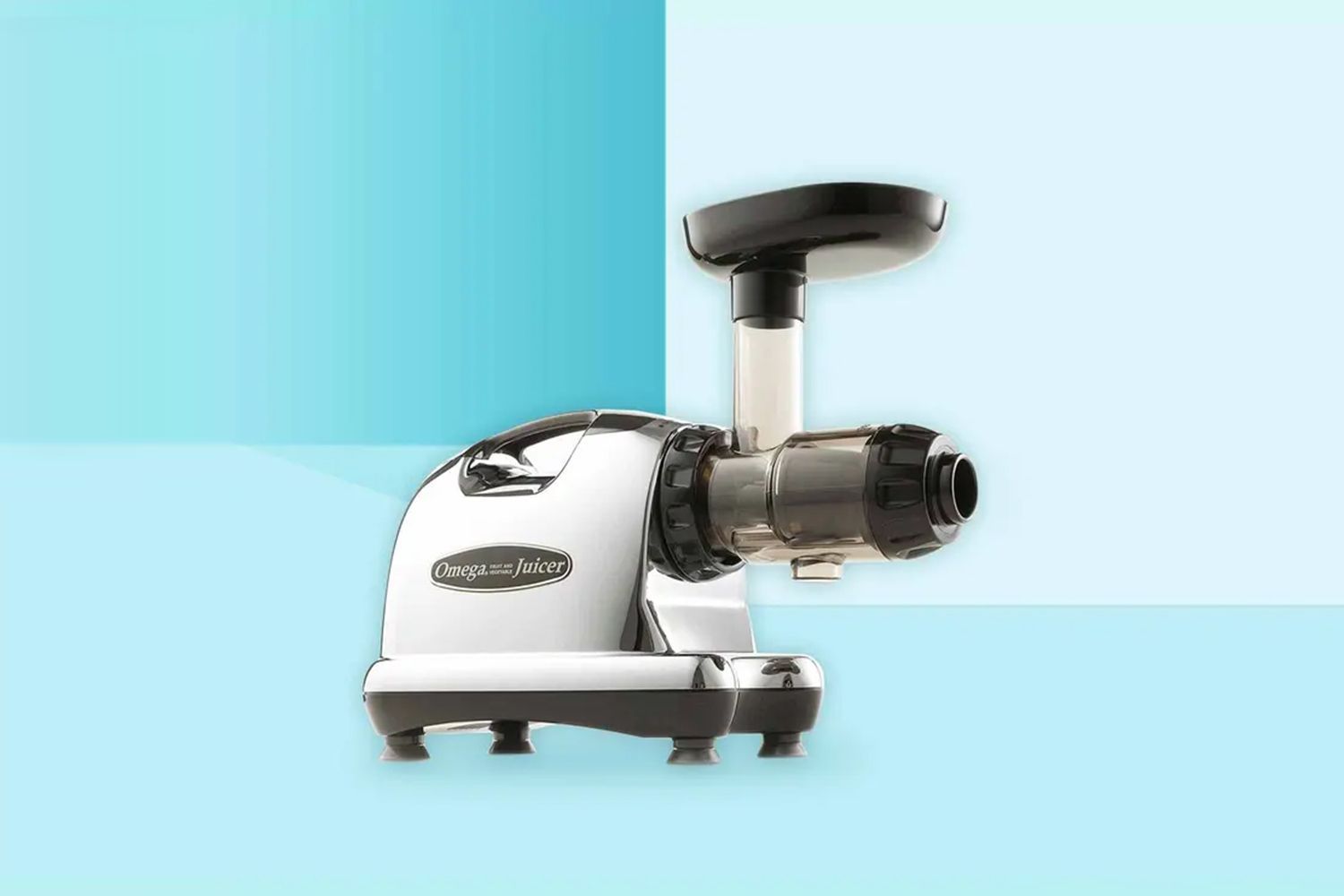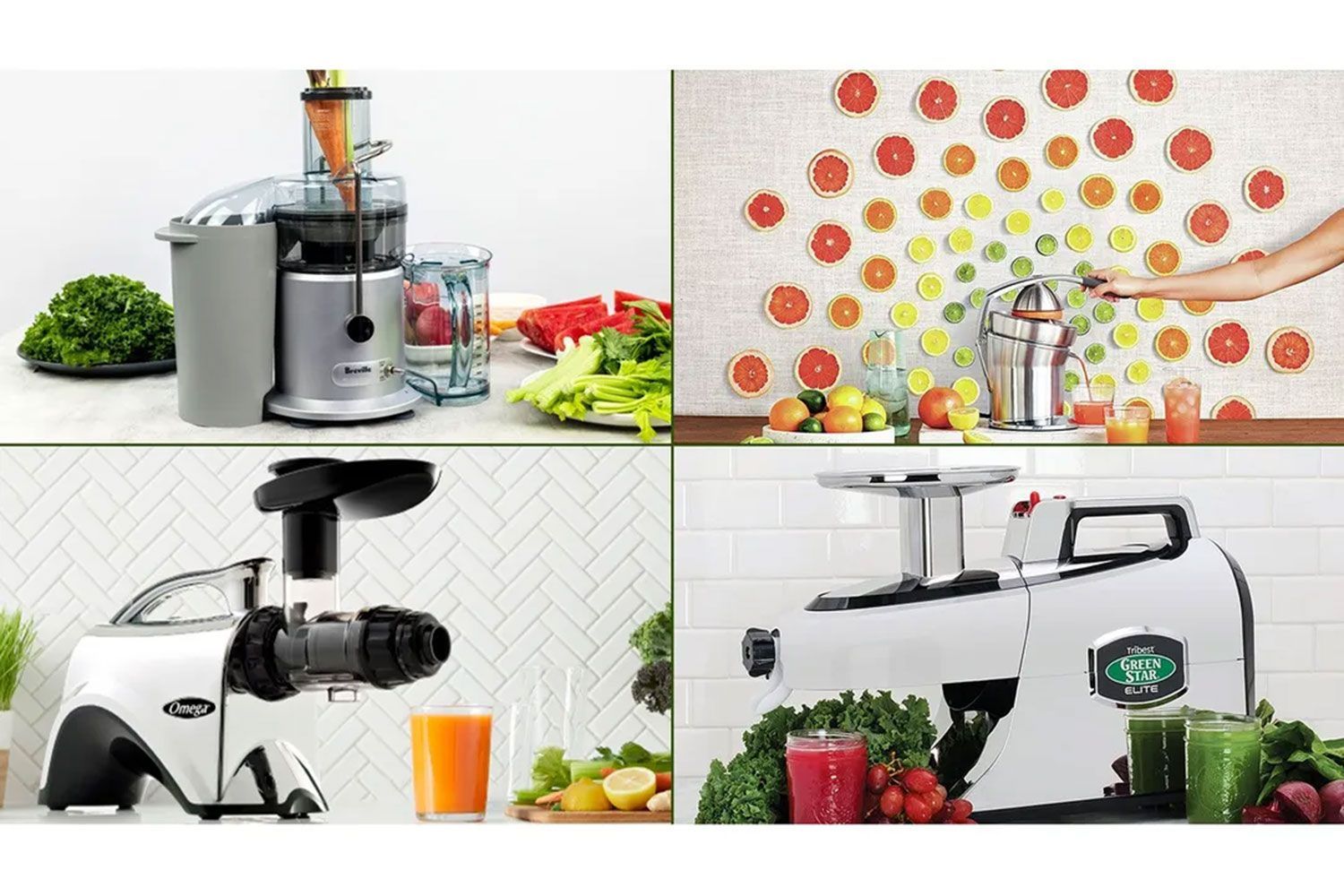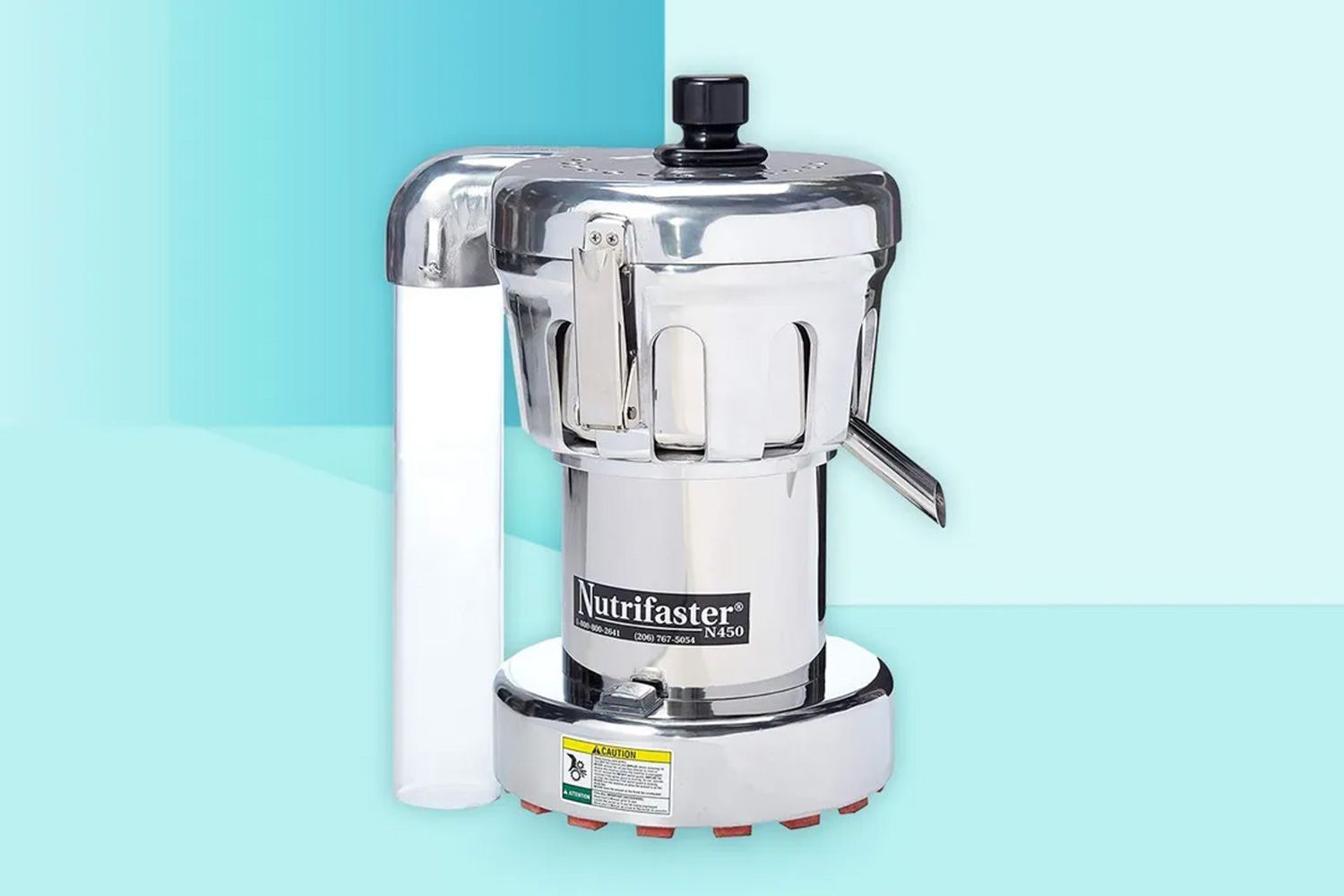Our recommendations are made independently. We may receive commissions from purchases made via our links.
Types of Juicers: Centrifugal vs Masticating vs Twin-Gear Machines
A detailed comparison of the most popular types of juicers: centrifugal, masticating, and triturating juicers, and their pros and cons.
Did you know that even as niche as the juicer industry may be, there are still various kinds of products? There are three main types of juicer for use in the home: centrifugal, masticating, and triturating (twin-gear) juicers, each residing in a different price range and performing the juicing process in a different way.
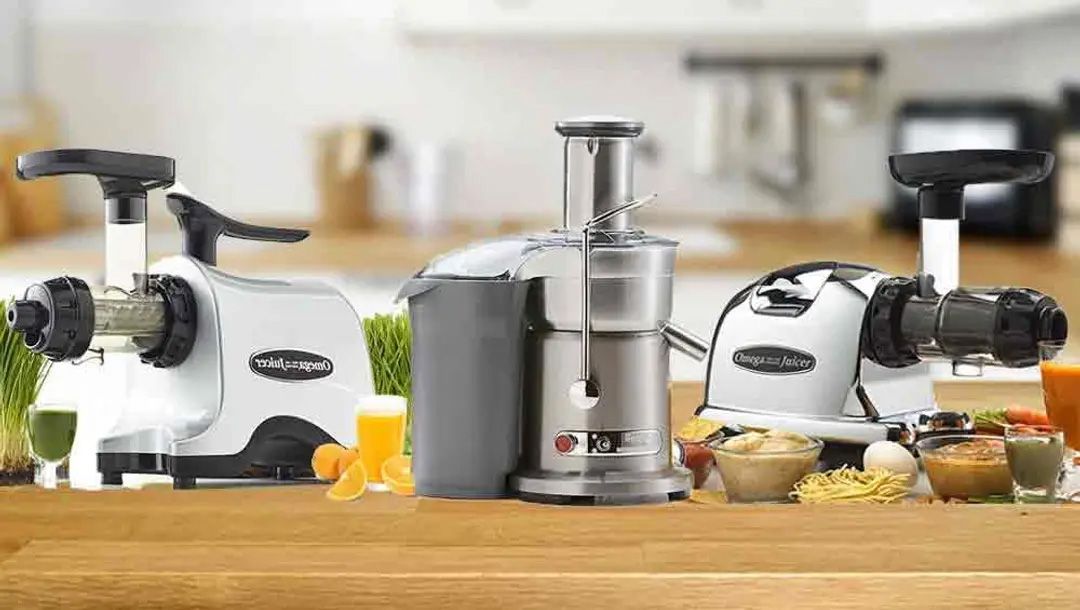
But what are they, exactly, and how are they different from each other? Read on and you will find the answers to these questions!
Comparison of Types of Juicers: Centrifuges vs Masticators vs Triturators
Here’s a table to help you understand the basic distinctions between the three types of juicers. Scroll down for a more detailed explanation of how they work and the pros and cons of each type.
Centrifugal juicers | Masticating juicers | Triturating juicers | |
|---|---|---|---|
Function | - Extract juice, remove/reduce fiber | - Extract juice, remove/reduce fiber- Food processing (chopping, making pasta, etc.)- Powder grinding | - Extract juice, remove/reduce fiber- Food processing (chopping, making pasta, etc.)- Powder grinding |
Produce | - Hard and mushy fruits- Dense roots and vegetables | - Hard and soft fruits- Dense roots and vegetables- Leafy greens | - Hard and soft fruits- Dense roots and vegetables- Leafy greens |
Speed | 3000 - 10000 rpm | 40 - 100 rpm | 80 - 100 rpm |
Oxidation rate | Moderate | Low | Low |
Degradation time | A few hours after juicing | Within 36 - 72 hours | Within 36 - 72 hours |
Juice quality | ModerateJuice has more foamJuice separates quickly | HighLess foamyJuice separates slowly | Very highLess foamyJuice separates very slowly |
Juice yield | HighPulp becomes wetter over time | Very highPulp is dry | Very highPulp is very dry |
Noise level | Moderate to high | Low | Low |
Weight | 8 - 15 lbs | 12 - 20 lbs | 20 - 30 lbs |
Time to clean | 5 - 7 minutes | 5 - 7 minutes | 6 - 10 minutes |
Price | $40 - $150 | $200 - $1500 | $400 - $2000 |
Suitable for | - Beginners - Casual juicers | - Juicing passionates - Families - Juice bars | - Hard-core juice lovers - Families - Juice bars |
How They Work
1. Centrifugal juicer
In a centrifugal juicer, a cutting blade with sharp teeth shreds the materials into pulp. At the same time, the machine spins at a very high speed to separate the juice and the pulp in a mesh chamber.
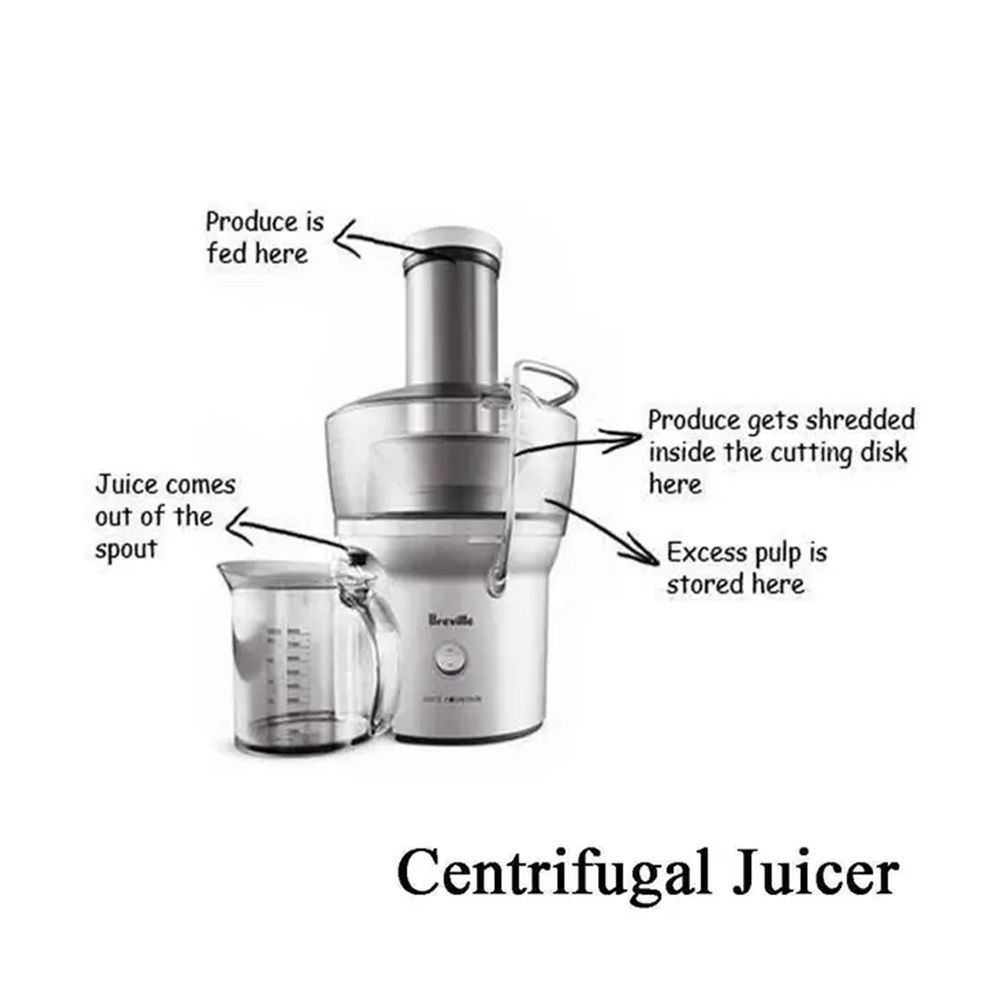
Pros
- Fast, short prepping, juicing, and cleaning time
- Easy to assemble/disassemble
- Affordable
- Takes little space
Cons
- Noisy
- Heat potentially reduces juice quality
Centrifugal juicing machines work best with hard, thick fruits and vegetables, such as apples and carrots. Some centrifuges can also process thick leafy greens and soft, watery fruits.
Although the most affordable of the three, centrifugal juicers are the fastest. They typically have a large feeding chute, allowing the procession of bigger items such as a whole apple or carrot without pre-cutting. This helps reduce the prepping time significantly.
With high rotation speeds, the centrifuge does the job faster than any other type of juicers. It usually doesn’t take more than 2 minutes to make a glass of fresh juice. They are also relatively easy to assemble and clean up.
On the other side of the coin, the high rotation speed causes the machine to generate more heat than the other types.
We all know that heat from cooking can cause a loss of nutrients in food. However, the centrifugal juicer produces a much lower heat for a much shorter time compared to cooking, so the effect is not likely significant.
Nonetheless, the heat is enough to create bubbles and make the juice less appealing. The juice also tends to separate much quicker than that made by a slow juicer.
2. Masticating juicer
The masticating juicer, also called a slow juicer, has an auger that crushes the fruits and vegetables after they pass through the chute, then squeezes them to separate the juice from the pulp. The juice runs through a mesh, while the pulp will be pushed into a separate container.
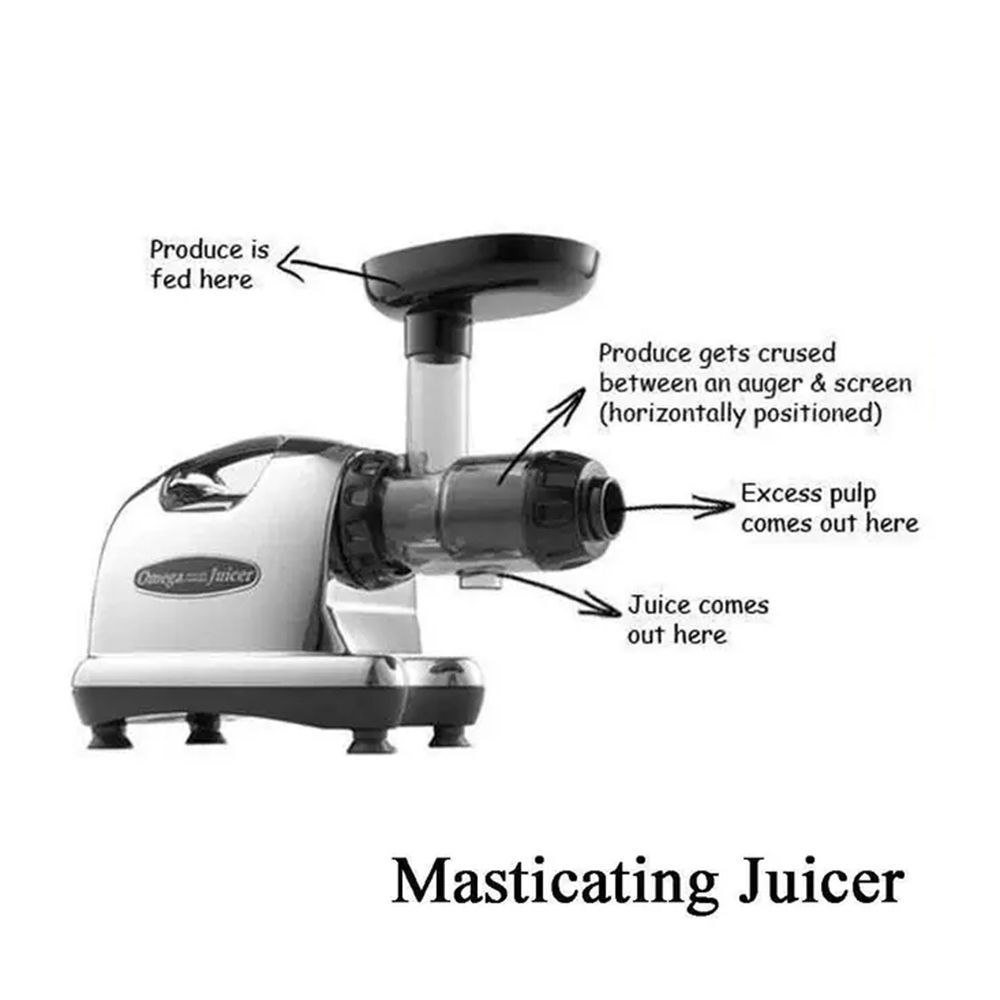
Pros
- High yield
- Good juice quality
- Works with hard and soft materials
- Various food processing functions
Cons
- Can be pricey
True to its name, the masticator takes much longer than a centrifugal juicer to make juice.
It requires more preparation, too: Because the auger crushes instead of shredding the food, it can only deal with one small piece of food at a time.
To prevent overfeeding and clogging, the masticator usually comes with a narrow feeding chute. As a result, you have to pre-cut everything, which can prove a tedious task for most people, once the excitement of having a new kitchen appliance has abated.
Despite their slow speed, these juicers perform very well on both hard materials and softer ones such as leafy greens or grapes. You also don’t have to worry about heat destroying the enzymes and antioxidants.
Masticators will make a higher-quality juice than most centrifuges can. The juice is thicker, fresher, much less foamy, and separates at a much lower rate.
They come in two forms: vertical and horizontal, which refers to the direction in which the auger sits.
Verticals are usually single-functional and have a smaller footprint. Horizontal masticating juicers, on the other hand, are usually capable of serving as a food processor or grinder. They also come with more parts and are thus more expensive than centrifuges.
Most devoted juicers prefer these machines over centrifuges for the tasty, refreshing cold-pressed juice they make.
3. Triturating juicer
The triturating juicer, or twin-gear juicer, has two gears that are assembled extraordinarily close to each other (within a tenth of a millimeter). These gears rotate to crush and grind food into tiny particles and extract the juice, pushing out the dry pulp.
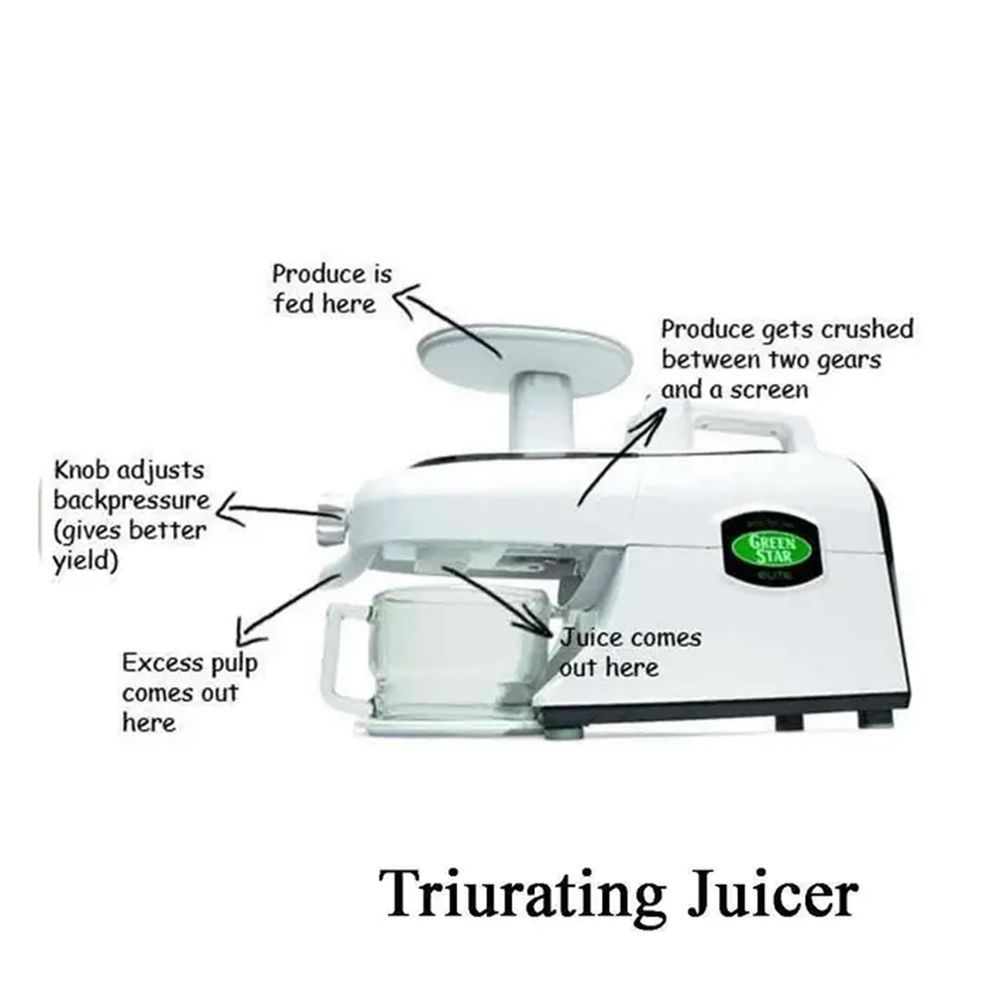
Pros
- Very high yield
- High juice quality
- Works with hard and soft materials
- Various food processing functions
Cons
- Expensive
- Takes longer to clean
A twin gear machine rarely discriminates between the material it is fed with — it works just as good on leafy greens and hard roots as it does common fruits. The machine is exceptionally good at separating the liquid from hard fiber. However, it’s probably not the best candidate for mushy fruits like bananas or avocados.
Like their masticating counterparts, the triturating juicer is a slow juicer with all the pros and cons that come with it.
It takes its time to do the work but also makes the most stable and nutrient-dense juice that can stay fresh for a long time without degrading.
With its two strong gears and accessories, the triturating juicer can do more than just making juice. It’s capable of serving many different roles in the kitchen, from making soups and noodles, grinding nuts and seeds, to chopping vegetables.
Of course, that means it has a larger footprint and a slightly more complicated construction than the other two types of juicer. The cleanup can be wearisome and may put some people off, that is, if you aren’t already discouraged by the high price tag ($400 up) in the first place.
Conclusion
Home juicers can come in many different sizes, shapes, and colors, but the majority of them fit into one of the three main categories: centrifuges, masticators, or triturators. We hope this guide has equipped you with the right information to determine the one that best suits your needs!
Read more: Best Juicer for Celery

